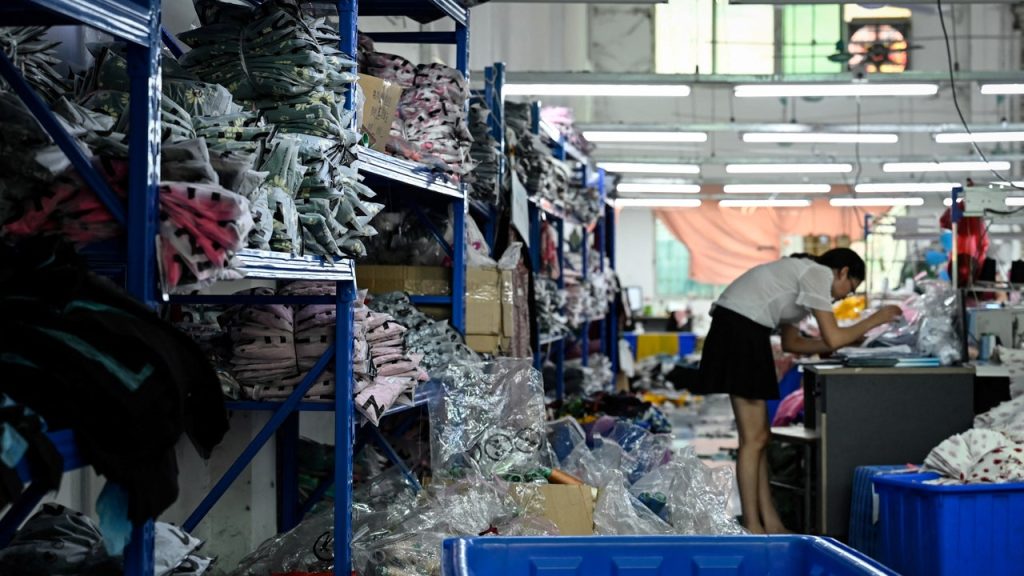Fast fashion refers to quickly produced trends sold at low price points, but the implications of this industry reach far beyond inexpensive clothing. Despite the growing popularity of sustainable and ethically made fashion, fast fashion continues to grow rapidly in volume and profit. Research shows that in the United States alone, fast fashion was worth billions of dollars in 2023 and is expected to continue growing in the coming years. This trend has resulted in more clothing ending up in landfills and secondhand markets around the world, causing concern for the environment and the people involved in the production process.
The concept of fast fashion is not limited to a specific price range or product offering, but rather a method of manufacturing, marketing, and selling clothing at a rapid pace. Historically, the fashion industry operated on a system of two seasons per year, but advancements in technology allowed for larger volumes of clothing to be produced and sold. Brands like Forever21 and Zara revolutionized the industry in the 1990s by introducing more frequent trend cycles, leading to the creation of upwards of 52 “micro-seasons” per year. With the rise of social media and online-only brands like Shein and Temu, the pace of production has increased even further, giving rise to the concept of ultra-fast fashion.
The controversy surrounding fast fashion primarily stems from its negative impact on the environment. A report by the United Nations Environment Programme found that the fashion industry is responsible for up to 10% of annual global carbon emissions. Additionally, the overuse of oil-based textiles, such as polyester, contributes to the reliance on fossil fuels for production. Oil-based polyester accounts for approximately half of all fiber production, further exacerbating the industry’s environmental footprint. As the demand for cheap, trendy clothing continues to grow, concerns about waste management and pollution have become increasingly prominent.
The fast fashion industry’s rapid growth and production processes have raised ethical concerns as well. The pressure to produce clothing quickly and cheaply has led to poor working conditions for garment workers, particularly in developing countries where labor laws may be less stringent. Exploitative practices such as low wages and long hours are common in the fast fashion supply chain, prompting calls for greater transparency and accountability within the industry. Consumers are becoming more aware of these issues and are demanding greater sustainability and ethical practices from brands.
Despite the negative impacts associated with fast fashion, changing consumer behavior and increasing awareness about sustainability are driving a shift towards more ethical and environmentally friendly alternatives. Younger generations, in particular, are showing a preference for sustainable and ethically made fashion, prompting brands to consider the environmental and social implications of their production processes. As the fashion industry continues to evolve, there is a growing movement towards conscious consumerism and a reevaluation of traditional fast fashion practices in favor of more sustainable and responsible approaches. By prioritizing ethical production methods and promoting transparency, fashion brands can work towards a more sustainable future for the industry as a whole.













